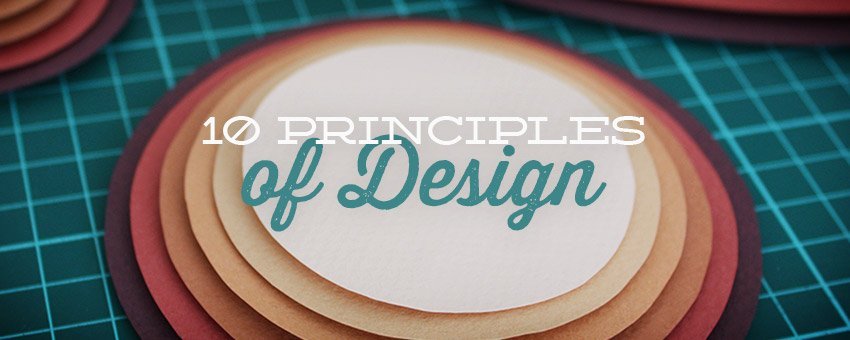In this article, I will discuss the 10 commandments of product design that has been revealed through the works of the designer, Dieter Rams.
Have you heard of Dieter Rams? If you haven’t, just remember that Apple’s main design guy, Apple’s Jonathan Ive is often quoted as saying Rams was one of his major influences.
In his interview here he credits one of his influences, his grandfather, a master carpenter who was a specialist with surfaces. Even Jonathan Ive mentions how big surfaces were in regards to Rams’ designs:
“surfaces that were without apology, bold, pure, perfectly-proportioned, coherent and effortless”
Designers are actually an amalgamation of our history, upbringing, and skills; Much like Steve Job’s Calligraphy class. This reminds me of the quote from Lord Alfred Tennyson’s poem, Ulysses:
“I am part of all that I have met;”
Designers are not simply a trade that is learnt and applied in a vacuum. Good designers are multi-disciplined people. Ram’s has churned out 10 commandments of design through his work as a designer. They are:
1. Good Design Is Innovative
The possibilities for innovation are not exhausted. Technological development is always offering new opportunities for innovative design. But innovative design always develops in parallel with innovative technology, and can never be an end in itself.
2. Good Design Makes a Product Useful
A product is bought to be used. It has to satisfy certain criteria, not only functional but also psychological and aesthetic. Good design emphasizes the usefulness of a product while disregarding anything that could possibly detract from it.
3. Good Design Is Aesthetic
The aesthetic quality of a product is integral to its usefulness because products are used every day and have an effect on people and their well-being. Only well-executed products can be beautiful.
4. Good Design Makes A Product Understandable
It clarifies the product’s structure. Better still, it can make the product clearly express its function by making use of the user’s intuition. At best, it is self-explanatory.
5. Good Design Is Unobtrusive
Products fulfilling a purpose are like tools. They are neither decorative objects nor works of art. Their design should therefore be both neutral and restrained, to leave room for the user’s self-expression.
6. Good Design Is Honest
It does not make a product more innovative, powerful or valuable than it really is. It does not attempt to manipulate the consumer with promises that cannot be kept.
7. Good Design Is Long-lasting
It avoids being fashionable and therefore never appears antiquated. Unlike fashionable design, it lasts many years – even in today’s throwaway society.
8. Good Design Is Thorough Down to the Last Detail
Nothing must be arbitrary or left to chance. Care and accuracy in the design process show respect towards the consumer.
9. Good Design Is Environmentally Friendly
Design makes an important contribution to the preservation of the environment. It conserves resources and minimises physical and visual pollution throughout the lifecycle of the product.
10. Good Design Is as Little Design as Possible
Less is always better – because it concentrates on the essential aspects, and the products are not burdened with non-essentials. Back to purity, back to simplicity.
There are a few points that are applicable both to software design and industrial design and few only for industrial design (as Ram’s was an industrial designer) like #9, that speaks about design reflecting on our environment. Read these commandments with a more open-ended approach to gain the most out of it.
This list was created more than 30 years ago and they are as true today as they were then. One could argue that companies like Apple are using his very principles to dominant in their respective markets. I’m sure all of our own products could be greatly improved if we adhere to his 10 commandments of design.
